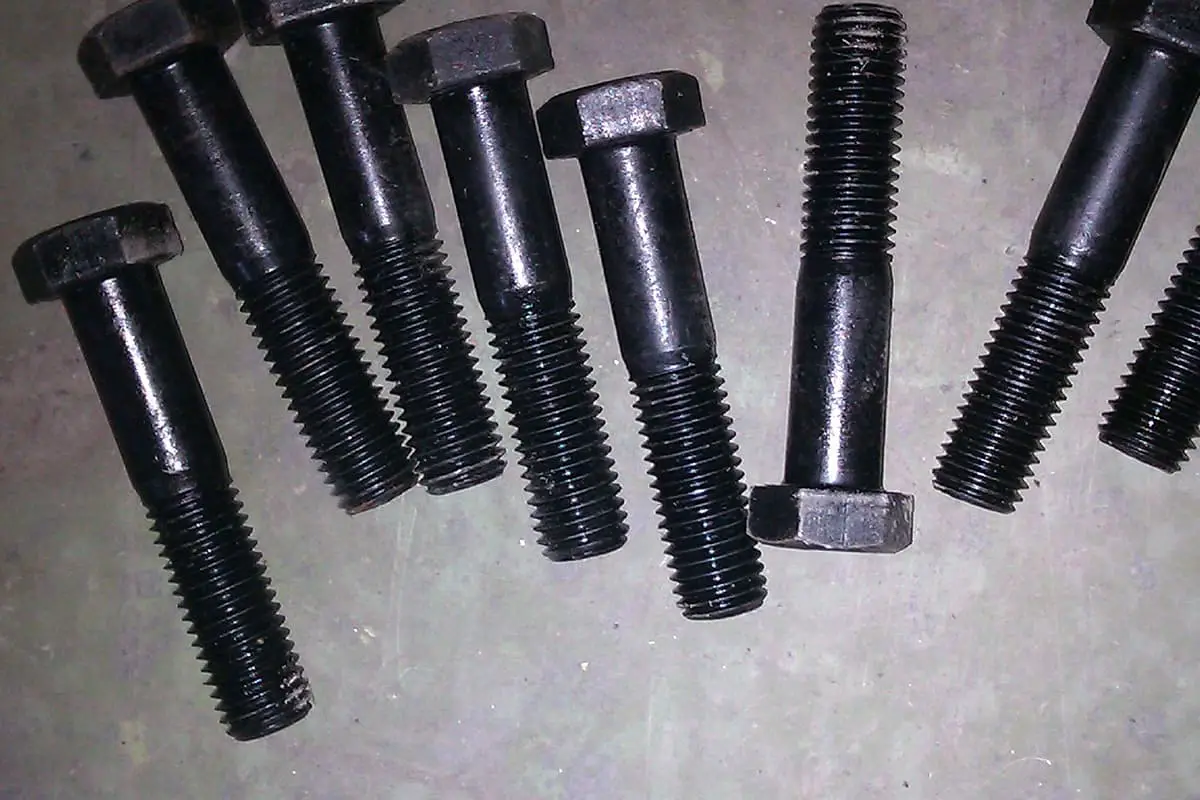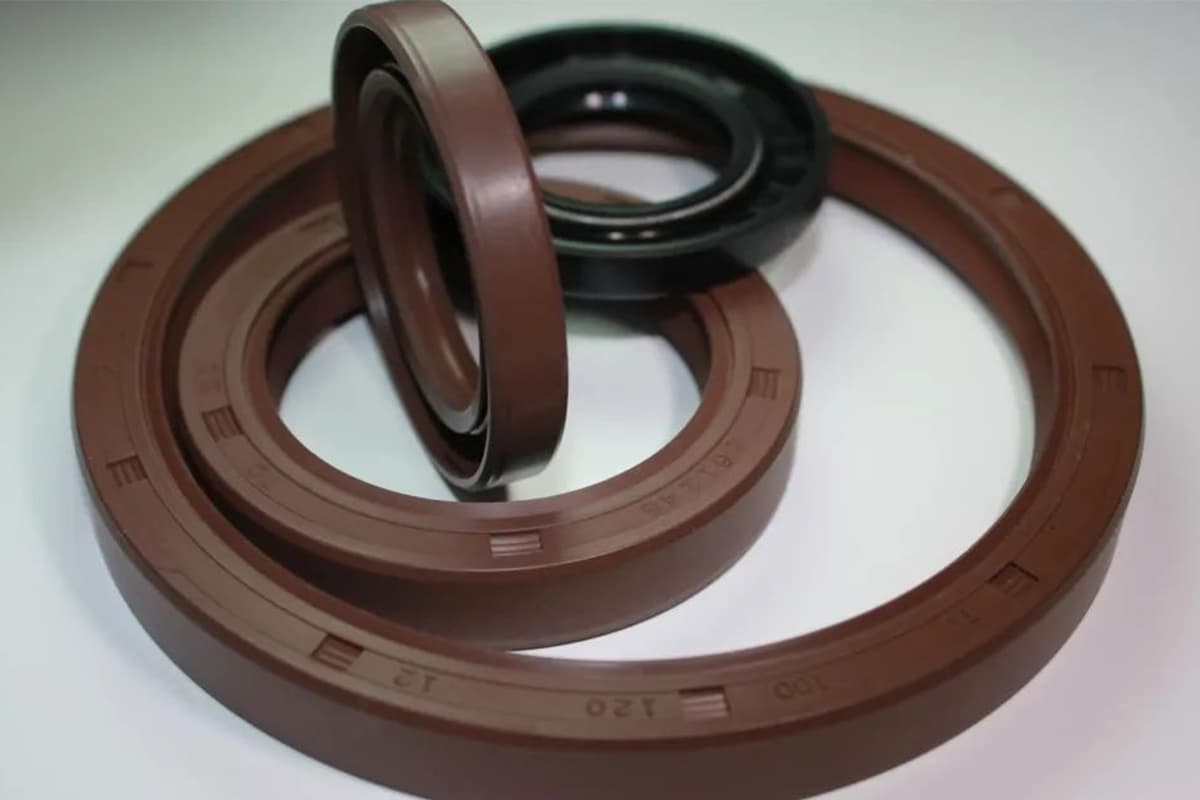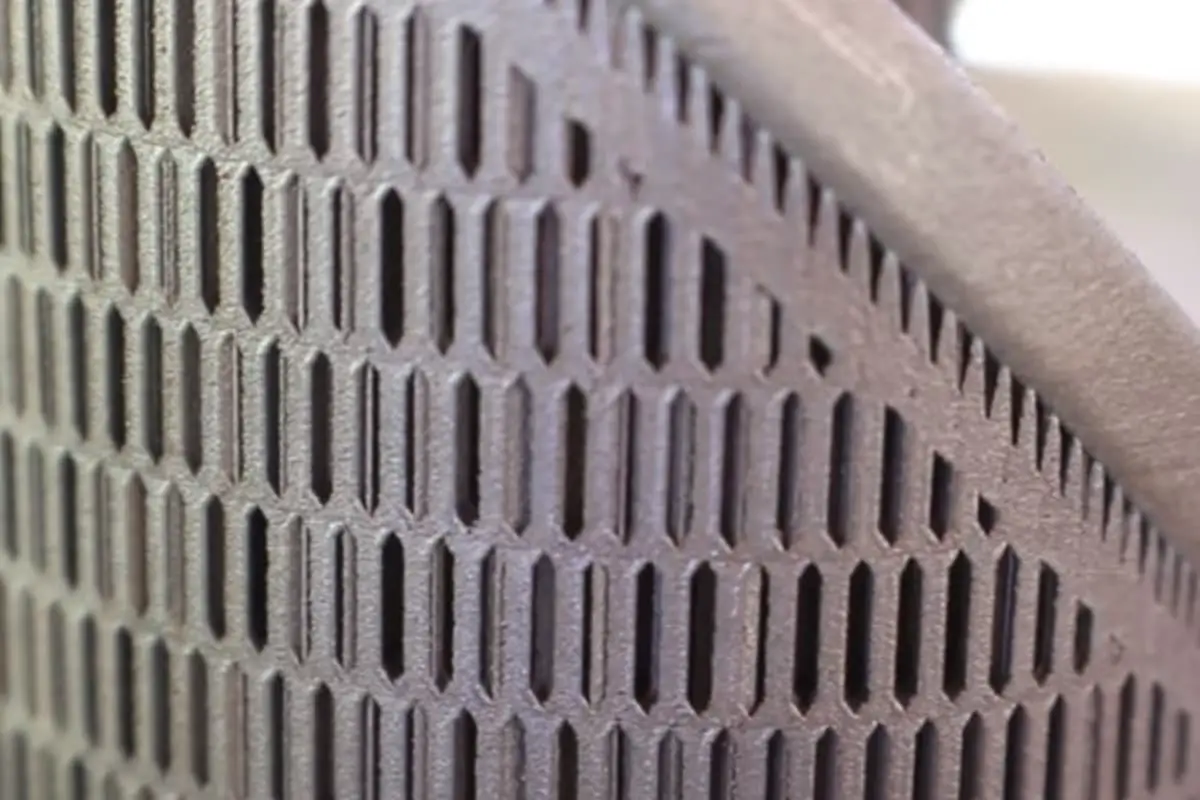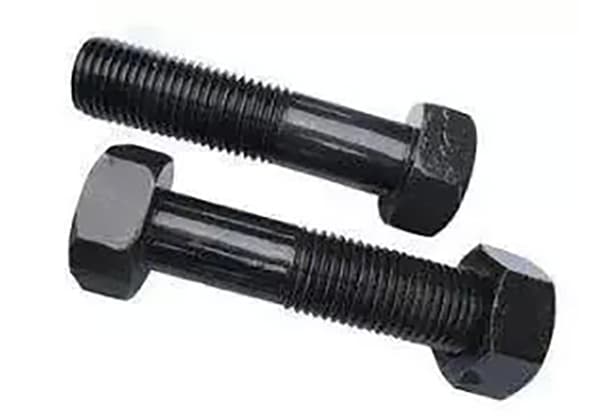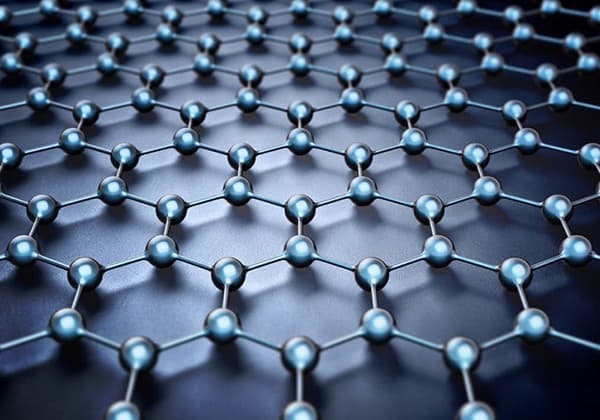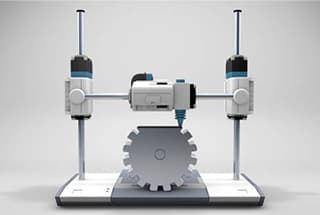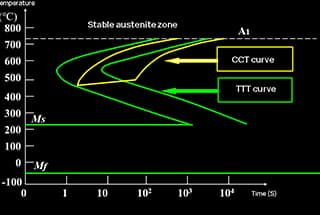
This article explores the fascinating world of O-rings, revealing their crucial role in ensuring mechanical reliability. Learn from seasoned engineers who share their expert insights on material selection, design considerations, and maintenance tips. Dive in to discover the secrets behind these vital components!
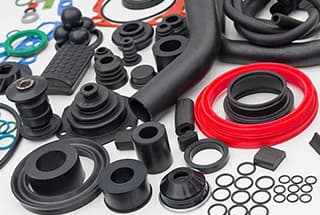
An O-ring is a type of rubber sealing ring that has a circular cross-section. It gets its name from its O-shaped cross-section, and is commonly referred to as an O-ring.
The O-ring was first introduced in the mid-19th century as a sealing element for steam engine cylinders. Today, it is widely used due to its affordability, ease of manufacture, reliable performance, and simple installation requirements. As a result, the O-ring is the most widely used design for mechanical sealing.
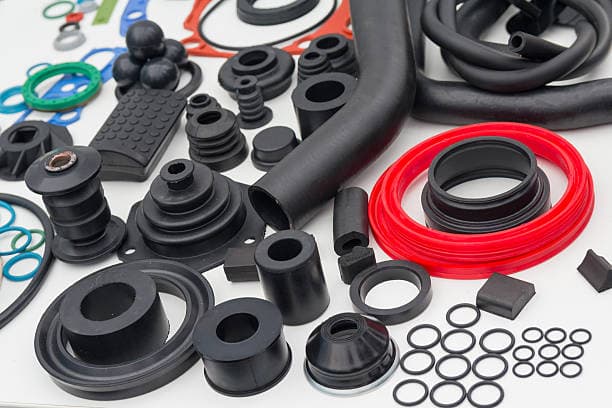
The O-ring can withstand high pressure, measured in tens of megapascals (kilopounds). It can be utilized in both static and dynamic applications where components move relative to each other, such as in rotating pump shafts and hydraulic cylinder pistons.
An O-ring is a small ring-shaped sealing element that typically has a circular cross-section. The primary material used in its manufacture is synthetic molding compound, making it the most widely used type of seal in hydraulic engineering. It is mainly used for static and sliding seals.
Compared to other seals, the O-ring has several advantages, including:
a. Effective sealing and long service life
b. The ability to seal in both directions with a single ring
c. Good compatibility with oil, temperature and pressure
d. Low dynamic friction resistance
e. Small size, light weight and low cost
f. A simple and easily disassembled sealing structure
g. The ability to be used as either a static or dynamic seal
h. Standardized size and groove, making it convenient for selection and sourcing
One of the disadvantages of the O-ring is that when used as a dynamic seal, it has a large friction resistance, which is about 3 to 4 times greater than its dynamic friction. Additionally, it is prone to being squeezed into the barrier under high pressure.
1GB/T3452.1-1982 expression method
Inner diameter d1 × Wire diameter d2
For example:
The “20” indicates that the inner diameter of the O-ring is 20mm.
The “2.4” refers to the cross-sectional diameter of the O-ring, which is 2.4mm.
“GB3452.1” is the standard number.
“82” represents the year the standard was published.
The “2400” represents the cross-sectional diameter of the O-ring, which is 2.4mm.
The “0200” indicates that the inner diameter of the O-ring is 20mm.
As in the first example, “GB3452.1” is the standard number and “82” represents the year the standard was published.
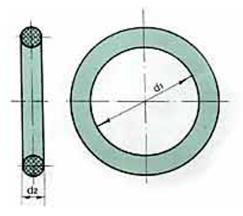
2. Representation of GB/T3452.1-2005
For example:
(1) O-ring 7.5 × 1.8G GB/T3452.1
The “7.5” indicates the inner diameter of the O-ring.
The “1.8” refers to the cross-sectional diameter of the O-ring.
The “G” series refers to the “Universal O-ring”. There are other series, such as “A” which stands for “O-ring for Aerospace”.
(2) A 0 × 0 × 7 × 5XG GB/T3452.1
The “A” series refers to the O-ring wire diameter of 1.80mm. There are other series with different wire diameters, such as:
The O-ring is a type of extrusion seal. The basic principle of an extrusion seal is that it relies on the elastic deformation of the seal to create contact pressure on the sealing surface. If this contact pressure is greater than the internal pressure of the sealed medium, there will be no leakage, otherwise, leakage will occur. The process in which the medium itself changes the contact state of the O-ring to achieve sealing is referred to as “self sealing”.
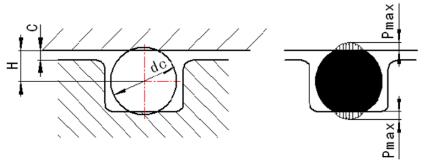
Q-ring pre sealing
Self sealing effect:
Due to the pre-sealing effect, the O-ring is in close contact with both the sealed smooth surface and the bottom of the groove. As a result, when fluid enters the groove through a gap, it only acts on one side of the O-ring. When the fluid pressure is high, it pushes the O-ring to the other side of the groove and squeezes it into a D shape, transferring the pressure to the contact surface.
However, the self-sealing capability of O-rings is limited. When the internal pressure is too high, the O-ring may experience “rubber extrusion”. This occurs when there is a gap at the sealing point and high pressure causes stress concentration at the gap. When the stress reaches a certain level, the rubber will be squeezed out. Although the O-ring may temporarily maintain the seal, it has actually been damaged. Therefore, it is important to carefully select the appropriate O-ring for the application.

In dynamic seals, the pre-sealing and self-sealing effects of the O-ring are similar to those in static seals. However, the situation is more complicated in dynamic seals due to the potential for fluid to be introduced between the O-ring and the rod during movement.
When the rod is in operation, if the left side of the O-ring is acted upon by medium pressure P1 (as shown in Figure a), the contact pressure generated by the O-ring on the rod is greater than P1 due to the self-sealing effect, ensuring a seal.
However, when the rod begins to move to the right, the medium attached to the rod is brought to the gap between the O-ring and the rod (Figure b). Due to the hydrodynamic effect, the pressure of this part of the medium is greater than P1 and may exceed the contact force of the O-ring on the rod, causing the medium to squeeze into the first groove of the O-ring (Figure c). As the rod continues to move to the right, the medium will continue to enter the next groove, resulting in leakage in the direction of the rod movement.
Leakage is less likely to occur when the rod moves to the left, as the driving direction is opposite to the pressure direction of the rod. The likelihood of leakage increases with the viscosity of the medium and the speed of the rod movement, as well as being closely related to the size and working pressure of the O-ring.

In addition, there is a squeeze seal fit in the chamfer groove of the end face, as well as two special sealing methods:
3.1.1 Compression ratio
The compression ratio (W) of an O-ring is expressed as:
W = (d2 – h) / d2 × 100%
Where:
d2 – The cross-sectional diameter of the O-ring in its free state (mm)
h – The distance between the bottom of the O-ring groove and the sealed surface (groove depth), which is the cross-sectional height of the O-ring after compression (mm).
When choosing the compression ratio of an O-ring, it is important to consider the following factors:
The selection of the compression ratio (W) should also take into account the service conditions and whether it is a static or dynamic seal.
Static seals can be further divided into radial seals and axial seals. The radial seals have radial clearances and the axial seals have axial clearances.
Axial seals can be further divided into internal pressure seals and external pressure seals, depending on whether the pressure medium acts on the inner diameter or outer diameter of the O-ring. Internal pressure increases the tension, while external pressure decreases the initial tension of the O-ring.
For these different forms of static seals, the direction of the sealing medium on the O-ring is different, so the pre-pressure design is also different.
For dynamic seals, it is important to distinguish between reciprocating seals and rotary seals.
When selecting the compression ratio for rotary motion seals, it is necessary to consider the Joule heat effect. Generally, the inner diameter of the O-ring used for rotary motion is 3% to 5% larger than the shaft diameter, and the compression ratio of the outer diameter is -3% to 8%.
For O-rings used in low friction applications, a small compression ratio of 5% to 8% is typically selected to reduce friction resistance. It is also important to consider the expansion of rubber materials due to the medium and temperature.
Typically, the maximum allowable expansion rate is 15% in addition to the given compression deformation. If this range is exceeded, it indicates that the material selection is inappropriate and either a different material for the O-ring should be used or the given compression deformation rate should be corrected.
3.1.2 Stretching amount
After the O-ring is installed into the sealing groove, it typically has a certain level of tension. This tension, like the compression ratio, greatly affects the sealing performance and lifespan of the O-ring. Excessive tension makes it difficult to install the O-ring and reduces the compression ratio, leading to leakage.
The stretching amount can be calculated using the following formula:
a = (d + d2) / (d1 + d2)
Where:
d – shaft diameter (mm) d1 – inner diameter of the O-ring (mm)
The recommended range for stretching amount is 1% to 5%. Table 1 provides the recommended stretching amount for O-rings, and the stretching amount can be selected and limited based on the shaft diameter size.
Table I limits of compression ratio and stretching amount of O-ring
| Sealing form | Sealing medium | Stretching amount a (%) | Compression ratio w (%) |
| Static seal | Hydraulic oil | 1.03~1.04 | 15~25 |
| Air | <1.01 | 15~25 | |
| Reciprocating motion | Hydraulic oil | 1.02 | 12~17 |
| Air | <1.010.95~1 | 12~173~8 | |
| Rotational motion | Hydraulic oil | 0.95~1 | 3~8 |
The compression of an O-ring is primarily determined by the design and dimensions of the installation groove.
Rectangular and triangular grooves are the most commonly used shapes, with triangular grooves only being utilized for specific fixed seals.
The shapes of the grooves for static seals, reciprocating seals, and dynamic seals may be similar, but their sizes vary to accommodate differing compression requirements.
3.2.1 Slot width
The slot width is considered from the following three perspectives:
It is generally recommended that the cross-sectional area of the O-ring occupy at least 85% of the rectangular cross-sectional area. In many cases, the groove width is 1.5 times the cross-sectional diameter of the O-ring.
It is important to note that a narrow groove will increase friction and cause increased wear on the O-ring. On the other hand, if the groove is too wide, it will increase the O-ring’s range of movement and make it more susceptible to wear. Additionally, under static seals with pulsating pressure, the O-ring may experience pulsating movement and abnormal wear.
In high-pressure situations, a retaining ring must be used, and the groove width should be increased accordingly.
3.2.2 Groove depth
The depth of the groove is a crucial factor for the proper functioning of the O-ring. It mainly depends on the compression deformation of the O-ring.
This deformation is composed of the compression deformation (A1) at the inner diameter of the O-ring and the compression deformation (A2) at the outer diameter of the O-ring.
When A1=A2, the cross-section of the O-ring coincides with the center of the groove cross-section, and the two circles are equal, indicating that the O-ring is not stretched during installation.
When A1>A2, the circumference of the O-ring section center is smaller than that of the groove center, indicating that the O-ring is installed in a stretched state.
When A1<A2, the perimeter of the O-ring section is greater than the center perimeter of the groove section. In this case, the O-ring is installed with circumferential compression, and it will bounce during disassembly.
When designing the groove depth, the intended use of the O-ring should be considered first, followed by the selection of a reasonable compression deformation rate. The swelling of the material in the medium, the swelling of the material itself, and other related factors should also be taken into account.
However, there are relevant standards provided by the state for the structure of grooves.
3.2.3 Selection and design of grooves
1. Installation form of groove

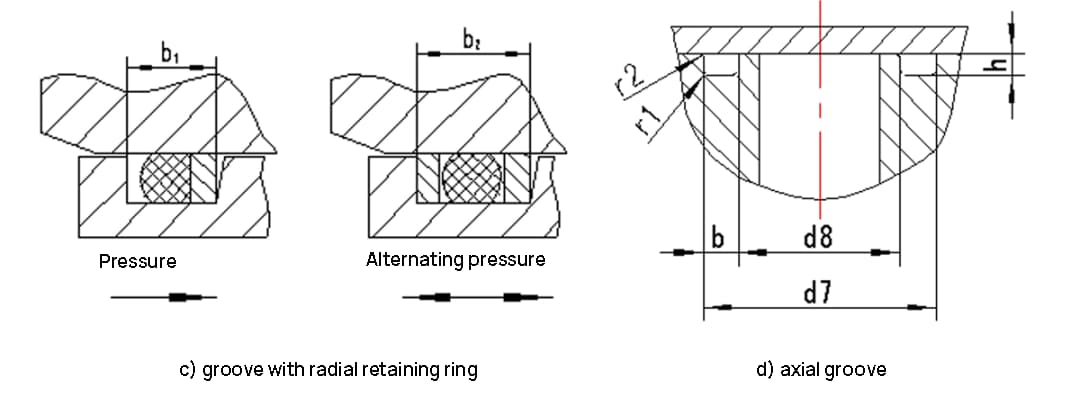
Explain:
Table II Radial groove size of O-ring
| O-ring section diameter d2 | 1.80 | 2.65 | 3.55 | 5.30 | 7.00 | ||
| trench width | Pneumatic seal | 2.2 | 3.4 | 4.6 | 6.9 | 9.3 | |
| Hydraulic dynamic seal or static seal | b+0.25 | 2.4 | 3.6 | 4.8 | 7.1 | 9.59.5 | |
| b1+0.25 | 3.8 | 5.0 | 6.2 | 9.0 | 12.3 | ||
| b2+0.25 | 5.2 | 6.4 | 7.6 | 10.9 | 15.1 | ||
| Groove depth t | Piston rod seal, (for calculation d3) | Hydraulic dynamic seal | 1.42 | 2.16 | 2.96 | 4.48 | 5.95 |
| Pneumatic seal | 1.46 | 2.23 | 3.03 | 4.65 | 6.20 | ||
| Static seal | 1.38 | 2.07 | 2.74 | 4.19 | 5.67 | ||
| Piston rod seal, (for calculation d6) | Hydraulic dynamic seal | 1.47 | 2.24 | 3.07 | 4.66 | 6.16 | |
| Pneumatic seal | 1.57 | 2.37 | 3.24 | 4.86 | 6.43 | ||
| Static seal | 1.42 | 2.15 | 2.85 | 4.36 | 5.89 | ||
| Minimum chamfer length Zmin | 1.1 | 1.5 | 1.8 | 2.7 | 3.6 | ||
| Groove bottom fillet radius r1 | 0.2-0.4 | 0.4-0.8 | 0.8-1.2 | ||||
| Groove fillet radius r2 | 0.1-0.3 | ||||||
| Maximum diameter of piston rod seal groove bottom d3max=d4+2t, d4 piston rod diameter | |||||||
| The minimum diameter of piston rod seal groove bottom d6min=d5max+2t, d5max piston rod maximum diameter. | |||||||
China has established standards for the groove size series of O-rings. The details can be found in Table 3.
Table III groove size and compression for sealing
| 0-ring section dimension tolerance | 1.9±0.08 | 2.4±0.08 | 3.1±0.10 | 3.5±0.10 | 5.7±0.15 | 8.6±0.16 | |||
| Axial fixed seal | Compression amount | 0.60~0.40 | 0.70~0.504 | 0.85~0.55 | 0.90~0.65 | 1.3~0.9 | 1.6~1.0 | ||
| Groove size | h | 1.3~1.5 | 1.7~1.9 | 2.25~2.55 | 2.60~2.85 | 4.40~4.80 | 7.00~2.60 | ||
| b | 2.50 | 3.20 | 4.2 | 4.70 | 7.50 | 11.2 | |||
| r≤ | 0.40 | 0.7 | 0.80 | ||||||
| For sports | Compression amount | 0.47~0.28 | 0.47~0.27 | 0.54~0.30 | 0.60~0.324 | 0.85~0.45 | 1.06~0.68 | ||
| Groove size | h | 1.43~1.62 | 1.93~2.13 | 2.65~2.80 | 2.90~3.18 | 4.85~5.25 | 7.54~7.92 | ||
| b | Without retaining ring | 2.5 | 3.2 | 4.2 | 4.70 | 7.5 | 11.2 | ||
| Add a retaining ring | 3.9 | 4.4 | 5.2 | 6.0 | 9.0 | 13.2 | |||
| Add two retaining rings | 5.40 | 6.0 | 7.0 | 7.8 | 11.5 | 17.2 | |||
| r≤ | 0.4 | 0.7 | 0.8 | ||||||
| Note: h refers to the height of the groove; b represents the width of the trench; r refers to the chamfer of the groove. | |||||||||
3. O-ring groove processing requirements
To prevent leakage due to scratches and improper installation, there are certain requirements for the accuracy of grooves and related components when installing O-rings.
First, the edges passing through during installation must be blunt or rounded, and the inner hole passing through should be chamfered at a 10-20 degree angle.
Second, the surface accuracy along the O-ring’s installation path must be carefully considered. The shaft must have a low roughness value and be lubricated if necessary.
The requirements for installation groove and matching surface accuracy can be found in Table IV.
Table IV Surface finish of mating parts of O-shaped rubber seal groove
| surface | Applications | Pressure condition. | Surface finish |
| Bottom and sides of trench | Tight seal | Non alternating and non pulse, | R.3.2um |
| Alternating or pulse, | R.1.6um | ||
| Dynamic seal, | Non alternating and non pulse. | ||
| Mating surface | Tight seal | Non alternating and non pulse. | R.1.6um. |
| Alternating or pulse, | R.0.8um | ||
| Dynamic seal | R0.4 μ m |
The selection of O-ring material takes into account the following factors:
Typically, nitrile rubber is used for oil resistance, chloroprene rubber for weather resistance and ozone resistance, acrylate rubber or chlorine rubber for heat resistance, polyurethane rubber for high pressure resistance and wear resistance, and copolyazole rubber for cold resistance and oil resistance.
The scope of application for various adhesives can be found in Table 5.
Table V Specification for use of O-ring sealing materials
| Material Science | Applicable media | Service temperature / ℃ | Remarks | |
| For sports | Static use | |||
| Nitrile rubber | Mineral oil, gasoline, benzene | 80 | -30~120 | |
| Neoprene | Air, water, oxygen | 80 | -40~120 | Precautions for sports |
| butyl rubber | Animal and vegetable oil, weak acid, alkali | 80 | -30~110 | Large permanent deformation, not suitable for mineral oil |
| butadiene styrene rubber | Alkali, animal and vegetable oil, air, water | 80 | -30~100 | Not applicable to mineral oil |
| Natural rubber | Water, weak acid, weak base | 60 | -30~90 | Not applicable to mineral oil |
| silicon rubber | High and low temperature oil, mineral oil, animal and vegetable oil, oxygen, weak acid, weak base | -60~260 | -60~260 | Not suitable for steam, avoid using in moving parts |
| Chlorosulfonated polyethylene | High temperature oil, oxygen, ozone | 100 | -10~150 | Avoid using in moving parts |
| Polyurethane rubber | Water, oil | 60 | -30~80 | Wear resistant, but avoid high-speed use |
| Fluororubber | Hot oil steam air, inorganic acid | 150 | -20~200 | |
| teflon | Acids, bases, various solvents | -100~260 | Not applicable to moving parts | |

